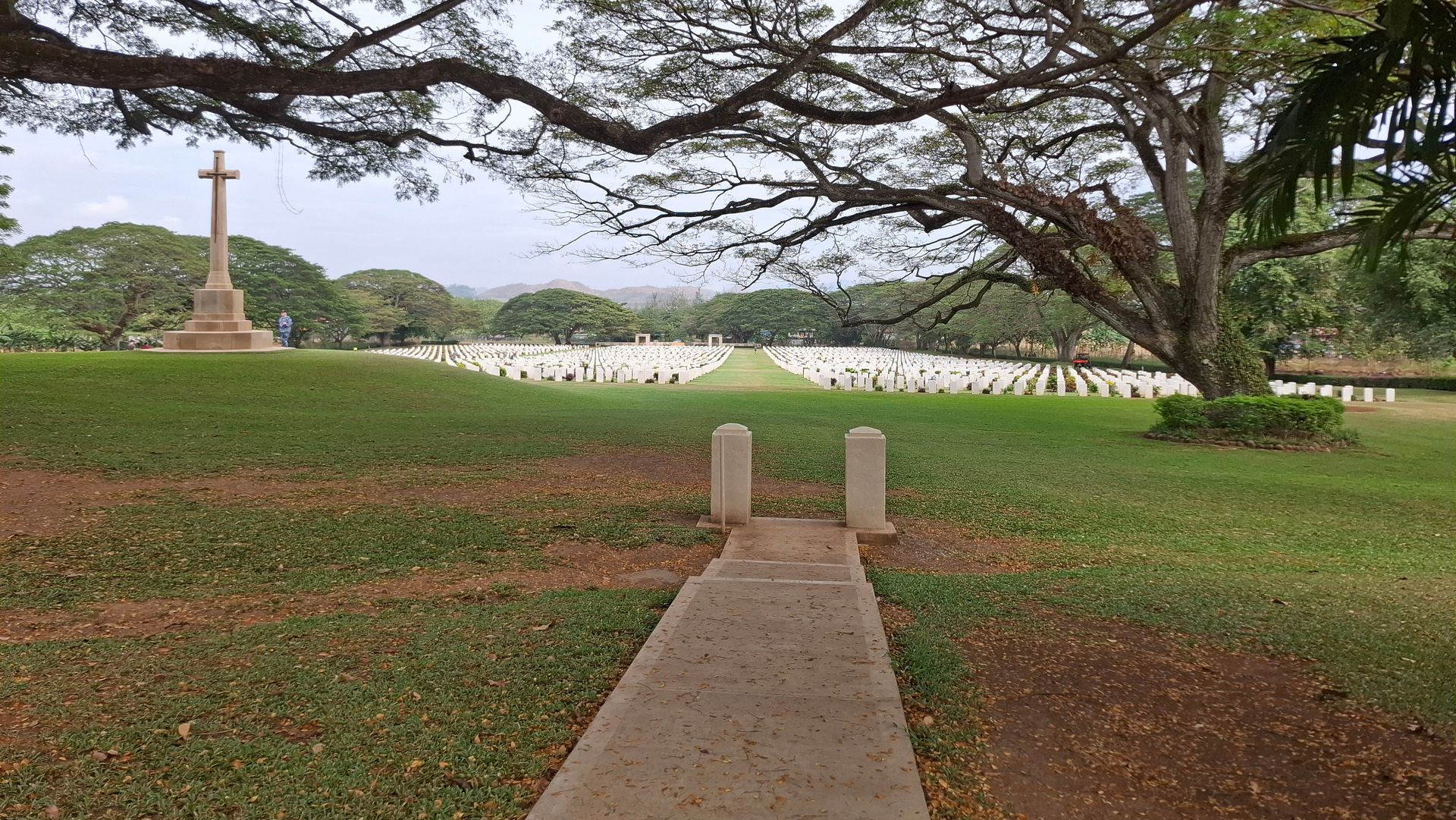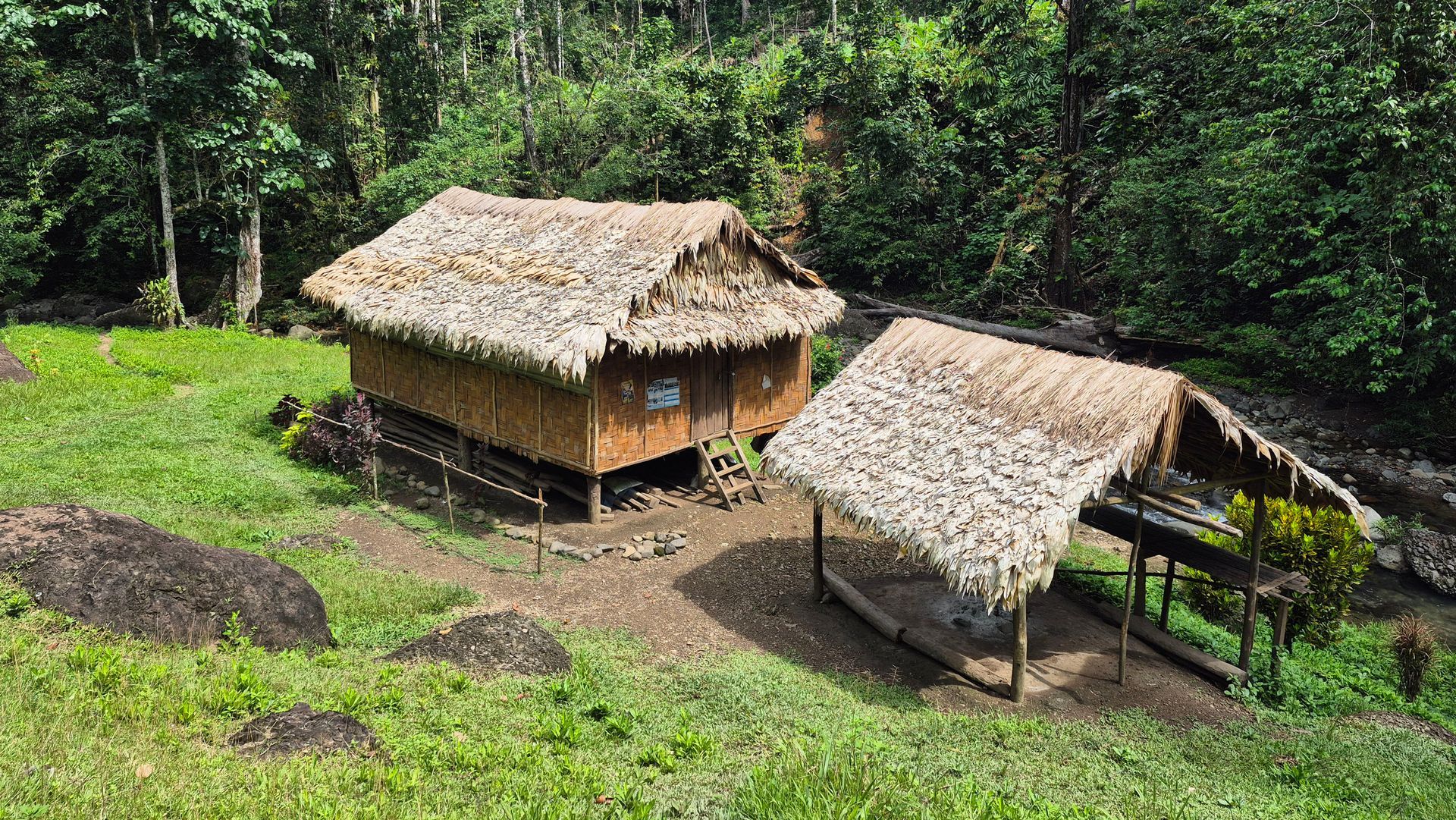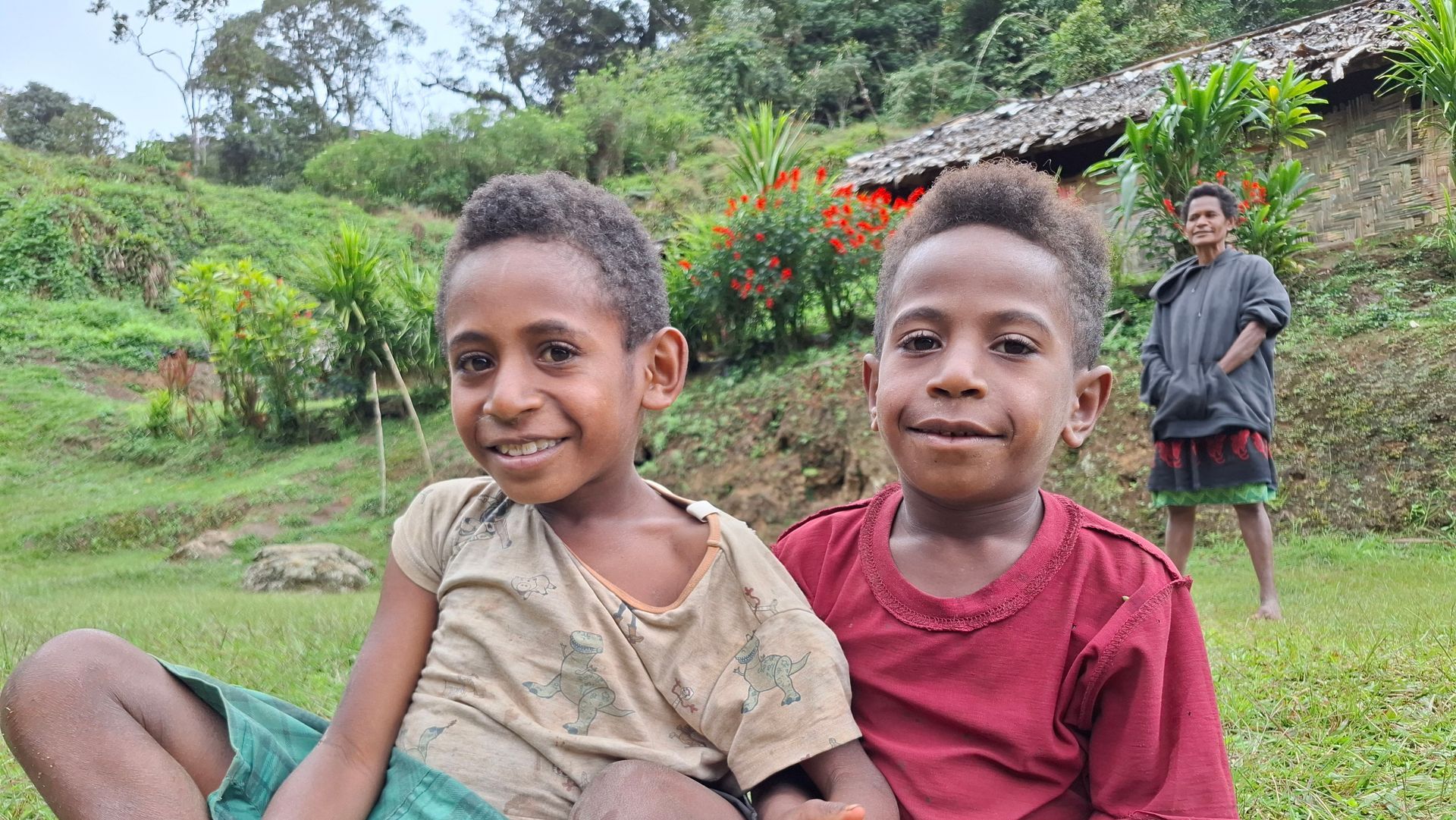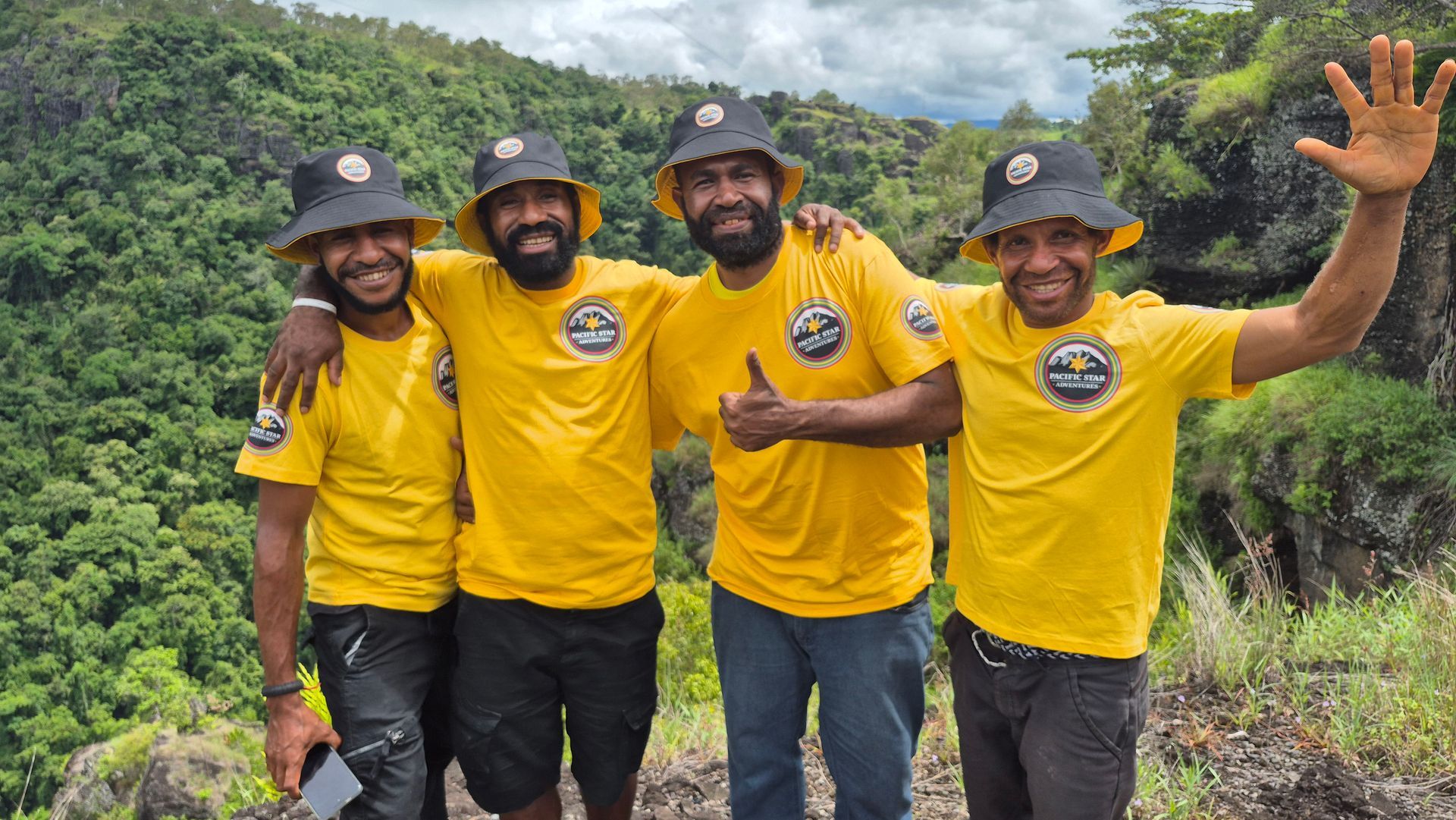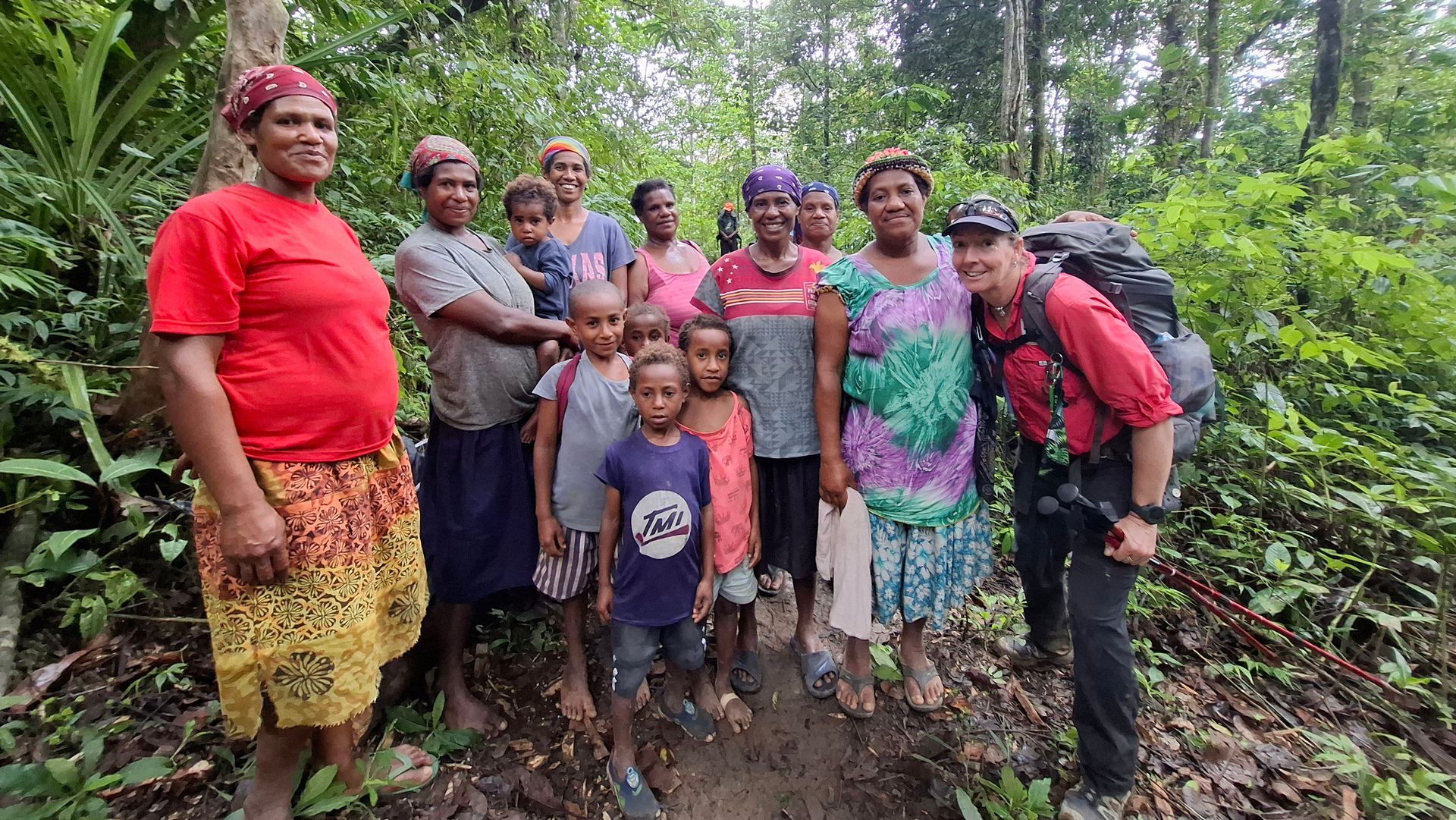Exploring the Historic Kokoda Track in Papua New Guinea
The Kokoda Track in Papua New Guinea is a significant WWII site and a sought-after trekking destination. Explore its historic battles and discover what today’s trekkers encounter.
Historical Significance of the Kokoda Track
During World War II, the Kokoda Trail was a critical site for resisting the southward progression of Japanese forces in Papua New Guinea. The engagement that unfolded from July to November 1942 along this path is known as the Kokoda Campaign. It proved to be an essential confrontation between Australian and Japanese troops and served as a defining moment within the Pacific Theater’s hostilities.
The trail serves as a link connecting Ower’s Corner with Wairopi, threading through key locales like Buna, Gona, and Sanananda. Initially carved out for postal services via multiple smaller routes, its enhancement during wartime underscored its tactical relevance. Memorials erected by Australians on the trail commemorate those who exhibited valorous conduct while engaged in battle.
In stark terms of human cost, about 3,000 Japanese combatants perished alongside some 600 Australians—an indicator of just how fierce these skirmishes were. Established two years prior to Japan’s attempt at overrunning Papua New Guinea in 1940—the Papuan Infantry Battalion played a pivotal role in curbing that invasion force—a nod toward both their involvement and track itself being etched into military history.
A closer examination of what transpired on this historic route not only highlights its paramount influence but also cements its lasting remembrance throughout annals of warfare chronicles.
First Encounters and Japanese Advance
At the onset of World War II, one of Japan’s strategic objectives was to sever Australia from its ally, the United States. The capture of Port Moresby would be pivotal in establishing dominance over the Pacific and disrupting crucial Allied supply routes. Japanese forces began their incursion on 21 July 1942 near Gona and Buna, initiating a thrust along the Kokoda Trail toward this critical target.
Following an unsuccessful attempt to take Port Moresby by sea, Japanese troops launched an offensive via the Kokoda Track. They leveraged previously secured beachheads close to Gona and Buna for rapid movement inland under Major General Tomitar Horii’s command. Logistic complications soon arose that impeded advance by these forces.
The furthest point reached by Japanese troops was Ioribaiwa Ridge—a watershed moment within this theatre of war. Here they were met with tenacious opposition from Australian soldiers who demonstrated immense fortitude despite being outnumbered and hampered by limited supplies as well as minimal training for combat in dense jungle environments. This segment of fighting along Kokoda represented some of the most extreme confrontations experienced by Australian servicemen throughout World War II marked significantly with loss and hardship.
This series of battles instigated a protracted struggle over dominion along the track—characterized equally by both sides’ relentless efforts—and ultimately laid down foundations leading to an eventual counter-strike wherein Australian forces managed to halt advancement culminating in reversing momentum against invading elements defining trajectory campaign itself thereafter.
Strategic Points Along the Kokoda Track
Numerous pivotal locations along the Kokoda Track were instrumental in determining the course of military engagements during the Kokoda Campaign. Vital areas such as Kokoda Village, Kokoda Airstrip, Isurava, Myola, Brigade Hill, Ioribaiwa Ridge and Imita Ridge held significant strategic value for both Japanese and Allied troops. The importance of each site impacted troop manoeuvrability and ultimately influenced battle results.
A closer look at these essential positions enhances our appreciation for the intricate tactical maneuvers and intense combat that unfolded on this historic track.
Kokoda Village
Kokoda Village, located in Papua New Guinea’s Oro Province, serves as the northern terminus of the historic Kokoda Track. During World War II, it was a strategic focal point due to its airstrip which was vital for supply drops, reinforcements and medical evacuations. The village witnessed significant military engagements, including its capture by Japanese forces in July 1942 and subsequent recapture by Australian troops on 2 November 1942, marking a turning point in the Kokoda Campaign.
Today, Kokoda Village stands as a gateway for trekkers embarking on the Kokoda Track, offering insights into the region’s rich history and culture. Visitors can explore local museums and memorials that commemorate the bravery and sacrifices made during the war. The village’s enduring legacy and its role in the Kokoda Campaign continue to attract those seeking to honour the past and experience the challenging journey through Papua New Guinea’s rugged terrain.
Kokoda Airstrip
The Kokoda Airstrip, located in the village of Kokoda, was a pivotal asset during the Kokoda Track campaign in World War II. As the only viable airstrip for 100 kilometres, it was crucial for the delivery of supplies and reinforcements to Australian forces and for the evacuation of wounded soldiers. Control of the airstrip was fiercely contested, with initial Japanese occupation in July 1942 hindering Allied operations. The Australians recaptured Kokoda on 2 November 1942, enabling the resumption of vital air support and marking a turning point in the campaign.
Today, the Kokoda Airstrip remains operational, serving as a gateway for trekkers and visitors exploring the historic Kokoda Track. Its presence stands as a testament to the strategic importance of air mobility in the rugged terrain of Papua New Guinea and honours the enduring legacy of those who fought during the campaign.
Isurava
Isurava, a village along the Kokoda Track in Papua New Guinea, was the site of a pivotal battle between Australian and Japanese forces from 26 to 31 August 1942. This confrontation marked a significant moment in the Kokoda Campaign, with both sides enduring heavy casualties. The Australian defence at Isurava exemplified remarkable resilience and determination, playing a crucial role in halting the Japanese advance towards Port Moresby.
Today, Isurava is home to a memorial that honours the bravery and sacrifice of those who fought along the Kokoda Track. Unveiled in 2002, the Isurava Memorial features four granite pillars inscribed with the words ‘Courage’, ‘Endurance’, ‘Mateship’, and ‘Sacrifice’, encapsulating the spirit of the Australian soldiers during the campaign. It is also a significant site with the Victoria Cross of Bruce Kingsbury was earned and awarded posthumously. This site has become a place of reflection for trekkers and visitors, offering a poignant reminder of the historical significance of the Kokoda Track.
Myola
Myola, situated along the Kokoda Track in Papua New Guinea, holds significant historical importance due to its role during World War II. Comprising two dry lake beds near the crest of the Owen Stanley Range, Myola was identified by Lieutenant Bert Kienzle in August 1942 as a strategic site for air supply drops. Its open terrain provided an ideal location for aerial resupply operations, which were crucial in supporting Australian forces during the Kokoda Campaign.
Beyond its function as a supply depot, Myola also served as a medical evacuation point. Field ambulances and medical posts were established here to treat wounded soldiers before they were moved further along the track. The establishment of these facilities at Myola was vital in maintaining the health and morale of the troops amidst the challenging conditions of the campaign.
Brigade Hill
The Kokoda Trail was marked by a particularly fierce battle at Brigade Hill, pivotal to the 1942 Kokoda Campaign. The Australian soldiers demonstrated exceptional bravery and perseverance in this crucial engagement, which greatly influenced their strategic positions and overall spirit during the campaign. Their unwavering determination against formidable opposition is emblematic of the fighting that took place there.
At Brigade Hill, the resolve of Australian troops was solidified despite adversity due to intense combat conditions. This confrontation served as an extraordinary testament to their valor, exemplifying how they confronted daunting circumstances with steadfastness.
Both warring factions incurred significant losses during the clash on Brigade Hill—a critical juncture within the broader scope of the Kokoda Campaign. The ability of Australian forces not only to stand firm but also deliver substantial blows to Japanese units proved instrumental for subsequent operations along the trail. As such, this encounter stands as one key chapter in commemorating Australia’s military history—underscoring both endurance and heroism amongst its soldiers on Kokoda’s demanding terrain.
Ioribaiwa Ridge
The Ioribaiwa Ridge stands as the farthest point reached by Japanese forces on their advance along the Kokoda Trail. This ridge played a key role in the broader context of the Kokoda Campaign, offering strategic dominance to those defending against incursions by Japanese troops. Its elevation and geographic positioning rendered it a significant challenge for Japan’s military efforts to move past this juncture.
At Ioribaiwa Ridge, Australian defenders managed to stop Japan’s forward momentum during crucial encounters in the Kokoda Campaign. The resolute defense mounted here reflected both courage and tactical wisdom from Australian units, effectively barring Japanese progress towards Port Moresby.
As such, Ioribaiwa Ridge has gone down in history due to its decisive role within these pivotal events of World War II. It was at this location that Australia began reversing fortunes against advancing Imperial Japanese troops, leading them back along the trail they had come from – with these confrontations marking some of the most intense fighting experienced anywhere along what is now known as simply ‘the Track’ or ‘the Trail’.
Imita Ridge
The Kokoda Trail witnessed the critical role of Imita Ridge as a stronghold for Australian troops during the intense period of conflict known as the Kokoda Campaign. The ridge’s challenging, isolated landscape provided an effective natural barrier that was instrumental in stemming Japanese advancement.
Brigadier Ken Eather made a crucial strategic decision by retreating to Imita Ridge, which allowed not only stronger defense capabilities but also shortened supply lines essential for sustaining Australian forces. This manoeuvre enabled them to reinforce their positions and present formidable resistance against incursions by Japanese soldiers.
The Role of Local Support
During World War II, communities situated along the Kokoda Track were instrumental in offering support which remains pivotal to this day for trekkers experiencing the trail under the guidance of the kokoda track authority. These local guides are essential in helping hikers safely traverse and thoroughly enjoy their passage through Kokoda.
The warmth and aid provided by these community members elevate trekking endeavors, granting individuals a deeper understanding of Papua New Guinea’s vibrant cultural heritage and traditions.
Fuzzy Wuzzy Angels
The local villagers known as the Fuzzy Wuzzy Angels played an indispensable role in providing support to Australian soldiers throughout the Kokoda Campaign. Tasked with delivering vital supplies and rescuing injured troops amidst demanding circumstances, these Papuan carriers displayed exceptional dedication and empathy even though they were regarded as inferiors.
These individuals earned their affectionate moniker “Fuzzy Wuzzy Angels” due to their acts of valor and caring treatment of casualties. Exhibiting extraordinary bravery while navigating dangerous landscapes, they ensured that critical provisions and medical care reached Australian troops amid a strenuous military engagement.
Remembered for their altruistic service, the enduring legacy of the Fuzzy Wuzzy Angels commemorates not just their selfless assistance during a pivotal moment, but also embodies the profound connection and reciprocal esteem forged between Australian forces and indigenous communities. Their heroic deeds continue to be celebrated, serving as a testament to this unique camaraderie.
Papuan Infantry Battalion
The formation of the Papuan Infantry Battalion in 1940 proved essential to the support of Australian soldiers along the Kokoda Trail. This battalion provided invaluable reconnaissance and shared their extensive knowledge of the local terrain, playing a key role in hindering Japanese progression. Their profound understanding of Papua New Guinea’s difficult topography allowed Australian forces to maneuver more effectively through such formidable territory.
In several critical encounters on the Kokoda Track, including planned ambushes targeting Japanese troops, members of this infantry battalion fought valiantly alongside Australian fighters. The skillful actions of this comparatively modest force significantly impacted enemy numbers by inflicting heavy casualties upon them, displaying immense courage and an unwavering commitment to protect their land.
Recognition for these efforts is immortalized at various sites dedicated to remembering those who served on the trail. Monuments along the Kokoda Trail honorably mention how integral both Papuan units and individual personnel were during significant combat operations. These enduring tributes acknowledge not only their assistance but also underscore how pivotal they were within Australia’s campaign narrative across New Guinea’s challenging landscape.
Australian Counter-Offensive
The commencement of the Australian Army’s counter-offensive was a defining moment in shifting the momentum during the Kokoda Campaign. Beginning at Ioribaiwa Ridge, where they performed tactical withdrawals in the face of Japanese military pressure, this allowed them to consolidate their forces and prepare for an impactful reprisal that would shape future operations on both sides.
The provision of artillery support from Ower’s Corner proved to be instrumental by delivering much-needed firepower, facilitating Australian troops’ efforts to recapture territories previously ceded and initiating a potent counter-assault. This capability enhancement combined with formidable air support during combat at Brigade Hill contributed significantly to imposing severe casualties upon advancing Japanese forces.
Hampered by substantial losses and logistical setbacks, the Japanese were forced into withdrawal due largely to effective utilization of artillery and aerial superiority wielded by Australian army units—vital components that altered the campaign’s direction in favor of Australia against Japan’s armed aggression.
This robust pushback from Australians underscored their fortitude amidst wartime adversity, exemplifying their proficiency in navigating treacherous jungle combat conditions. More than just achieving strategic victories along various points including Ioribaiwa Ridge and Brigade Hill among others on Kokoda Track, this successful counter-strike bolstered morale within ranks as it affirmed their resolute commitment toward thwarting any incursions onto Australian soil orchestrated by hostile Japanese troop movements.
Challenges of the Terrain
The harsh and remote landscape of the Kokoda Track in Papua New Guinea presented formidable obstacles for both Japanese forces and Australian soldiers. The combination of high humidity, dense jungles, and frequent downpours often led to disorientation among troops while impeding their movements. Due to the lack of established pathways, most movement along the track was on foot, which greatly restricted supply lines.
Australian soldiers encountered significant logistical hurdles that tested their capacity for supplying and reinforcing positions within this daunting environment. The battle at Kokoda brought to light vital learnings concerning jungle combat tactics and managing logistics for Australian forces as they had to deal with a climate conducive to disease spread amongst personnel, complicating military operations.
Spanning around 96 kilometers through New Guinea’s tough terrain, the famed Kokoda Trail poses a strenuous challenge even under regular trekking circumstances. Soldiers contended not only with laborious marches during relentless rains which transformed paths into slick hazards but also endured freezing conditions by night following sweltering days adding layers of hardship amid conflict activities.
In spite of these severe trials faced along its route, the strategic value held by the Kokoda Track as an arterial supply channel proved paramount. This pivotal aspect emphasized how critical effective logistical coordination paired with flexibility is when confronting extreme environmental adversities—experiences acquired here played an indispensable role in refining Australian troop strategies dedicated to warfare in jungle settings.
Remembering the Fallen
The Kokoda Campaign led to substantial losses, with injuries afflicting over 1,000 Australian soldiers and more than 600 succumbing in battle. Illness was a rampant problem among the troops, contributing to upwards of 4,000 health-related casualties. Memorials and burial sites dispersed along the Kokoda Track stand as a tribute to these servicemen’s valor.
Over 600 Australian soldiers who fell during the intense fighting of the Kokoda Campaign are interred at Bomana War Cemetery. The dawn service conducted here offers a moment for solemn reflection and respect for those who made the ultimate sacrifice. Those trekking across this historic pathway will stop by this cemetery to show reverence for those who perished during the campaign.
At Isurava Memorial, an enduring reminder of courage, tenacity, mateship, and self-sacrifice. Virtues deeply associated with the actions taken by troops throughout their daunting ordeal on Papua New Guinea’s rugged terrain during World War II. ANZAC. Day ceremonies held at places like Bomana take on additional poignancy as they honor not only those lost in past conflicts but also extend recognition toward all Australians including veterans honored within Canberra’s esteemed Australian War Memorial.
Preserving memory is intrinsic to understanding Kokoda’s profound legacy — calling attention not just to individual heroism but illuminating how such acts collectively shaped both Papua New Guinea’s and Australia’s wartime narrative.
Modern-Day Kokoda Trek Experience
Presently, the Kokoda Track presents an extraordinary and rigorous adventure for trekkers across the globe. This contemporary journey affords participants the opportunity to traverse the same paths that soldiers once walked during World War II, thus offering a deep and significant link to historical events.
Crucial assistance is provided by guides and porters from surrounding villages who guarantee that those undertaking this trek do so with safety and gain a full appreciation of their surroundings.
Preparation and Gear
It is essential to be well-prepared before embarking on a journey along the rugged and isolated terrain of the Kokoda Track. To handle this arduous trek, participants are encouraged to engage in physical training that enhances both their stamina and fitness levels.
For those planning to traverse the Kokoda Trail, it’s imperative to bring along all necessary equipment for a secure and effective adventure. It is important not just to select robust hiking boots and clothing suitable for various weather conditions, but also to include first aid supplies among your essentials.
Aspiring trekkers should meticulously plan their trip when setting out for an expedition across Kokoda’s challenging trail. Proper preparation with appropriate gear will greatly improve one’s chances of enjoying a memorable experience without compromising safety.
Key Sites to Visit
The Kokoda Track holds a treasure trove of historical locations that shed light on the details of the Kokoda Campaign. Sites such as Myola 1 airfield, the field hospital location, and where ammunition was stored at Myola offer invaluable glimpses into wartime logistics.
As hikers journey from Alola to Templetons Crossing, they can explore remnants like Japanese defensive positions, storage sites for munitions, an armaments depot and places where mountain guns were stationed. These vestiges serve as physical links to bygone times and paint vivid pictures of the fierce combat and tactical efforts undertaken along this path.
Immersing oneself in these crucial spots during the trek allows a poignant engagement with history by tracing back through World War II soldiers’ strides. Encountering these points not only deepens one’s hiking adventure, but also cultivates a profound respect for what those troops endured and sacrificed during that period of war.
Cultural Insights
Individuals trekking along the Kokoda Track in Papua New Guinea are met with opportunities for profound cultural engagement. In villages, travellers receive a hearty traditional welcome that unveils the local customs and warmth of its inhabitants. Such intercultural encounters afford trekkers an exceptional window into understanding and valuing the traditions and lifestyles inherent to Papua New Guinean society.
The journey through this part of New Guinea is made more compelling by immersive interactions with the indigenous communities found along the track. As trekkers absorb information about regional practices, beliefs, and historical narratives, they add a rich layer of cultural appreciation to their physical endeavor.
This fusion of deep-rooted culture with momentous history establishes a comprehensive experience for those navigating across Kokoda. The confluence of these elements on the track ensures not only an adventurous passage but also one replete with educational enrichment—a combined odyssey engaging both body and mind.
Summary
The Kokoda Trail stands as more than a mere path for hikers—it represents a passage through the annals of bravery and loss. The trail’s role in World War II is immortalized by memorials and significant locales that dot its course, paying homage to critical confrontations at landmarks like Brigade Hill, Ioribaiwa Ridge and Imita Ridge. These sites serve as testaments to strategic maneuvers and hard-fought skirmishes pivotal to the war effort.
The extraordinary contributions from local populations such as the revered Fuzzy Wuzzy Angels along with members of the Papuan Infantry Battalion are enduring reminders of unity and shared respect amidst adversity. Navigating through Kokoda Track’s ruggedly isolated terrain symbolizes both physical endurance necessary during combat but also mirrored soldiers’ steadfast tenacity throughout their ordeal.
In contemporary times, venturing across this historic pathway allows explorers not only an encounter with poignant moments from yesteryears but also interaction with present-day indigenous cultures enhancing appreciation of past events while fostering cultural exchange. Journeys should be thoughtfully arranged ensuring readiness when visiting these iconic locations which enhance awareness around actions unfolded there making each step along this storied trek resonate profoundly.

